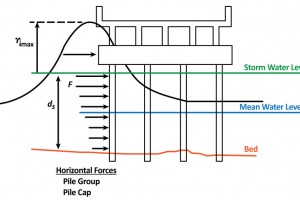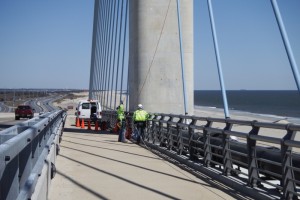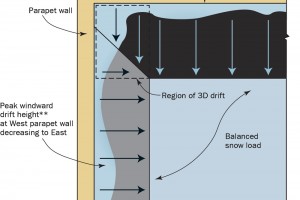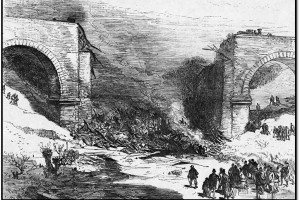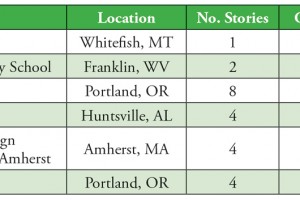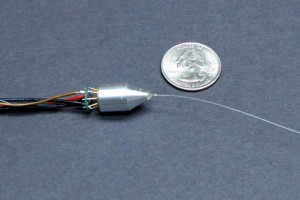As I sit at my desk at work, the view out my window is not a typical office setting. Our street is a mix of residential and business use, near the center of town. I would not trade my view for anything. I am glad I do not work in a large city in a high rise, or in a bland suburban office park along a highway. …
Review Category : Articles
Since 2004, there have been 10 hurricanes in the Atlantic Ocean that have each caused over $20 billion in damage. Since the late 1800s, sea levels have risen by 10 inches (250mm) and are expected to continue to rise, according to the National Aeronautics and Scape Administration (NASA). Because of this, Departments of Transportation, transit authorities, and private owners have decided it is necessary to add robustness and reliability to new and existing infrastructure, some of which are over 100 years old. …
Bridge Life Cycle Cost Savings
Standard practice during bridge design and construction is to consider the biddability of the construction documents, the constructability of the design, and the operability of the asset. Quite often, designers do not consider the inspectability of the bridge over its life cycle. Inspection, required by law on a 24-month cycle at a maximum, presents the bridge owner with costs: labor, equipment expenses, travel impacts, and safety. These costs, especially for complex bridges, signature structures, and high-level river crossings, can be reduced if inspectability is included in the design. …
Before the 2016 version of the American Society of Civil Engineer’s ASCE 7 Load Standard, Minimum Design Loads for Buildings and Other Structures, all snowdrifts were two dimensional. The height and width (horizontal extension) of the leeward roof step drifts were taken to be constant all along the roof step. The same holds for windward roof step drifts, parapet wall drifts, and over-the-ridge gable roof drifts. As such, the wind direction of interest was nominally perpendicular to the geometric irregularity, i.e., perpendicular in plan to the roof step, the parapet wall, or the gable roof ridgeline. …
The Ashtabula Bridge disaster was one of the most publicized American bridge failures of the 19th century. In 1865, the Lake Shore & Southern Michigan Railroad was faced with the task of replacing a wooden bridge over Ashtabula Creek in northeastern Ohio. The president of the railroad was Amasa Stone, who had purchased the patent rights for the Howe Bridge from William Howe, his brother-in-law, in 1841. …
Although commonly used throughout the building industry, the term “mass timber “will be included in the International Building Code (IBC) for the first time in the 2021 Edition. Mass timber will be defined as structural elements of Type IV construction primarily of solid, built-up, panelized, or engineered wood products that meet minimum cross-section dimensions of Type IV construction. …
Truths and Insights on Under-Slab Insulations with Structural Implications
Lightweight and versatile, molded polystyrene foam is a common commercial building material that remains misunderstood. Frequently misidentified as Styrofoam, molded polystyrene products range from lightweight structural materials and insulations for commercial construction to packaging for electronics, medicines, and fragile payloads to Original Equipment Manufacturer (OEM) applications like garage doors, jet skis, RVs, and much more. …
Infrastructure operators are responsible for ensuring the safety and operability of large structures such as bridges, towers, tunnels, and railways. The maintenance process typically requires costly schedule-based routines that rely on periodic manual inspections, which may not always be necessary. …
As an extrovert, I have a secret to share – I am jealous of introverts! That is because I am surrounded by them daily, and I know their superpowers: an ability to listen well and to engage in thoughtful conversations. …
“I really like being a structural engineer, but I do not like many of the tasks associated with the design and construction of projects.” This is a comment I have heard many times from structural engineers who express feeling like a “square peg in a round hole” as a design engineer. …


